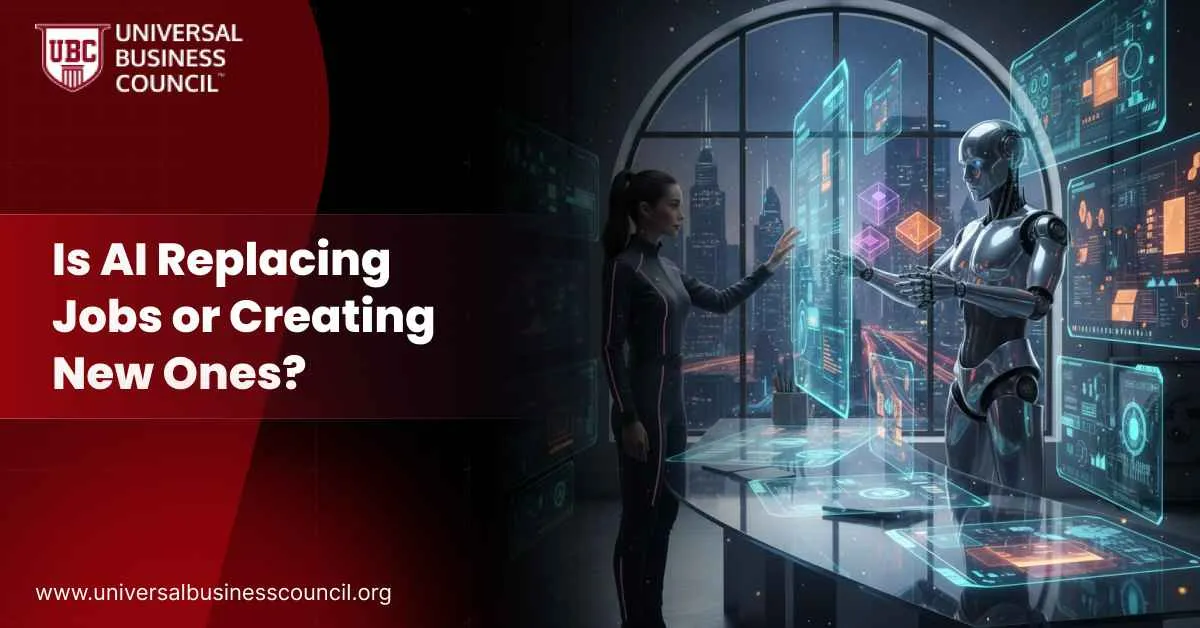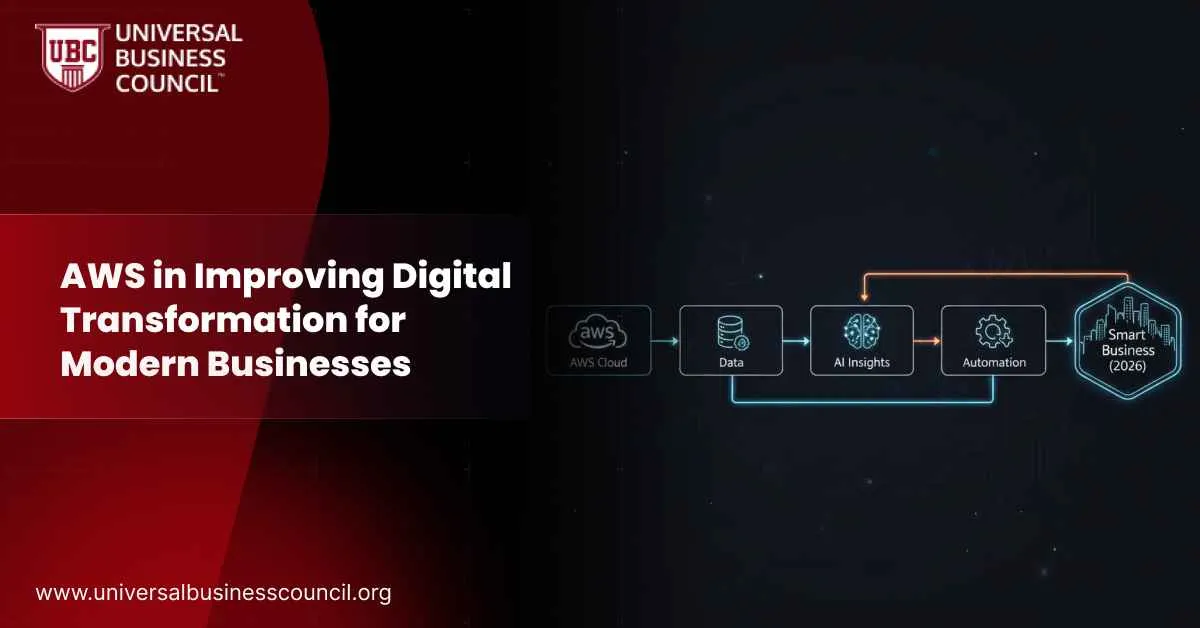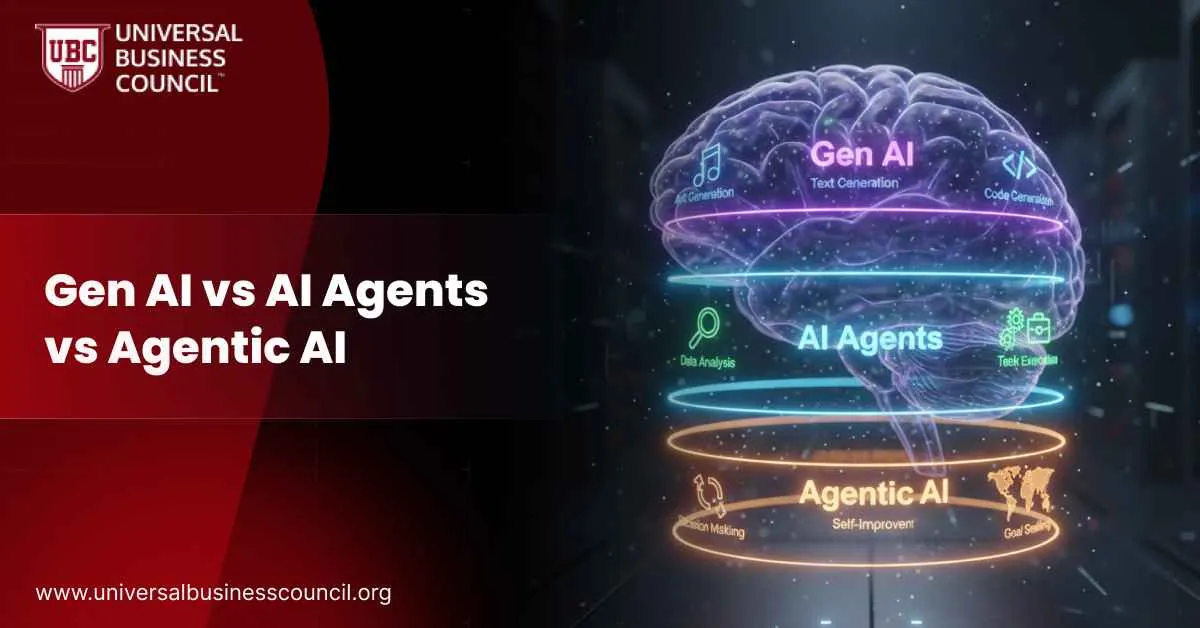 The question of whether AI is replacing jobs or creating new ones has moved from speculation to reality. Reports now suggest that up to 300 million full-time jobs globally could be automated or reshaped by 2030. At the same time, companies are reporting new demand for skills, and industries are seeing wage growth in areas where AI adoption is strongest.
This dual impact is why professionals are exploring ways to adapt. Building future-proof expertise through programs such as the Marketing and Business Certification is becoming one way to keep pace with these shifts.
The question of whether AI is replacing jobs or creating new ones has moved from speculation to reality. Reports now suggest that up to 300 million full-time jobs globally could be automated or reshaped by 2030. At the same time, companies are reporting new demand for skills, and industries are seeing wage growth in areas where AI adoption is strongest.
This dual impact is why professionals are exploring ways to adapt. Building future-proof expertise through programs such as the Marketing and Business Certification is becoming one way to keep pace with these shifts.
Jobs at Risk
Not every role faces the same level of threat. Research shows that entry-level white-collar jobs are particularly exposed. Customer support representatives, legal assistants, and junior analysts are all cited as high-risk categories. Routine administrative roles, such as data entry clerks and secretaries, are also vulnerable. Sam Altman and other industry leaders note that jobs heavily reliant on repetitive, predictable tasks are easiest for AI systems to take over. By contrast, positions that rely on human empathy, creativity, or long-term strategy are harder to automate, though not fully immune.Where AI Creates New Work
The other side of the story is less about replacement and more about transformation. Studies by PwC and others point to net job growth in industries that adopt AI at scale. AI design, oversight, compliance, and ethics roles are expanding quickly. Sectors like healthcare and education are seeing AI open up new support functions rather than shutting roles down. AI is also augmenting existing roles. In many cases, workers are using AI to handle tedious tasks so they can focus on higher-value work. This is especially evident in finance and tech, where AI systems reduce the workload for analysts but simultaneously create new streams of tasks that require human judgment.Global Scale of Change
The numbers are striking. In the U.S. and Europe, about two-thirds of jobs are “exposed” to AI in some form, whether through task automation or augmentation. By 2030, up to 30 percent of U.S. jobs could be fully automated. Yet industries exposed to AI are also seeing higher revenue per worker and faster wage growth, suggesting that while disruption is real, it often comes with opportunity. Upskilling is now part of the survival strategy for many employees. Platforms like Udemy report significant growth in demand for AI skills, showing workers are preparing to stay relevant in a shifting market.Strengths and Limits of AI in the Workforce
| Opportunities AI Brings | Challenges AI Creates |
| Automates repetitive, low-value tasks | Displaces entry-level jobs in admin, customer service, and legal |
| Augments skilled workers by saving time | Increases inequality for lower-wage, less-educated workers |
| Creates demand for AI-related roles (data science, ethics, AI oversight) | Requires major reskilling efforts across industries |
| Drives wage growth in AI-exposed sectors | Risk of job concentration in tech-heavy regions |
| Opens new industries (AI agents, creative tools, healthcare applications) | Regulatory and ethical uncertainty about limits of automation |
| Improves productivity at scale | Potential overestimation of automation’s reach in some reports |
| Encourages education and certification opportunities | Workers may struggle to adapt fast enough |
| Raises global competitiveness | Unequal adoption rates between developed and developing nations |
| Enhances decision-making with data-driven insights | Over-reliance on automation may harm innovation |
| Pushes businesses to reimagine work culture | Threatens traditional career ladders for new entrants |




Leave a Reply